How worried should we be about microplastics in our brains?
Average human brain contains enough plastic fragments to make a spoon

Microplastics have been found in human blood, semen, breast milk, placental tissue and bone marrow, but their presence in the human brain is particularly "troubling", wrote Ben Spencer, science editor of The Times.
A recent University of New Mexico study, published in the journal Nature Medicine, found that levels of microplastics in brain-tissue samples from people who had died in 2024 were 50% higher than in similar samples from people who had died in 2016 – and the brain samples contained up to 30 times more microplastics than samples from the kidneys and liver.
What are microplastics?
Microplastics are tiny shards, fragments and flakes of plastic that measure less than 5mm in length. They can be created as larger plastic debris disintegrates and they also exist as microbeads in health and beauty products, such as toothpaste, and skin cleansers and exfoliators. Microplastics pass easily through water-filtration systems, so end up in oceans and rivers, lakes and seas, and have been found in household water supplies and bottled water.
The Week
Escape your echo chamber. Get the facts behind the news, plus analysis from multiple perspectives.

Sign up for The Week's Free Newsletters
From our morning news briefing to a weekly Good News Newsletter, get the best of The Week delivered directly to your inbox.
From our morning news briefing to a weekly Good News Newsletter, get the best of The Week delivered directly to your inbox.
Toxicologist Matthew Campen, from the University of New Mexico and a named author on the tissue-sample study, estimates he could "isolate about 10g of plastics from a donated human brain – that's about the weight of an unused crayon", said Nature.
Should we be worried?
Concentrations of microplastics in the human body seem to be increasing year by year, as the University of New Mexico study results confirm.
The researchers also found higher microplastic levels in the brains of people who had had a dementia diagnosis – although, the researchers stressed, the correlation does not necessarily indicate a connection.
The implications are "concerning", Antonis Myridakis, lecturer in environmental sciences at Brunel University of London, told The Times. "But it is too early to draw conclusions about direct health risks."
A free daily email with the biggest news stories of the day – and the best features from TheWeek.com
The study authors said their findings highlight a "critical need to better understand the routes of exposure and uptake of microplastics" and the "potential health consequences" for the human body, "particularly in the brain".
What can we do?
Microplastics are "so small, tough and long-lasting that, when they get embedded in tissue itself, we cannot dislodge them", wrote Spencer in the Times. The key, therefore, is reducing our exposure in the first place, and changing how we drink and eat can make a big difference.
Switching from bottled to filtered tap water could reduce microplastic intake from 90,000 to 4,000 particles a year, Canadian doctors, commenting on the University of New Mexico study, said. Ditching plastic teabags could also help, as well as no longer heating food in plastic containers. "Using glass or stainless-steel" containers instead can avoid releasing "staggering amounts of microplastics – up to 4.22 million per square centimetre – in just three minutes".
And there is some cause for hope, Tamara Galloway, professor of ecotoxicology at Exeter University told The Times. Although microplastic concentrations in our organs are currently increasing, "the reverse to that is, if we were to reduce exposure, we could reduce the concentrations" in our bodies, too.
Chas Newkey-Burden has been part of The Week Digital team for more than a decade and a journalist for 25 years, starting out on the irreverent football weekly 90 Minutes, before moving to lifestyle magazines Loaded and Attitude. He was a columnist for The Big Issue and landed a world exclusive with David Beckham that became the weekly magazine’s bestselling issue. He now writes regularly for The Guardian, The Telegraph, The Independent, Metro, FourFourTwo and the i new site. He is also the author of a number of non-fiction books.
-
 Political cartoons for January 4
Political cartoons for January 4Cartoons Sunday's political cartoons include a resolution to learn a new language, and new names in Hades and on battleships
-
 The ultimate films of 2025 by genre
The ultimate films of 2025 by genreThe Week Recommends From comedies to thrillers, documentaries to animations, 2025 featured some unforgettable film moments
-
 Political cartoons for January 3
Political cartoons for January 3Cartoons Saturday's political cartoons include citizen journalists, self-reflective AI, and Donald Trump's transparency
-
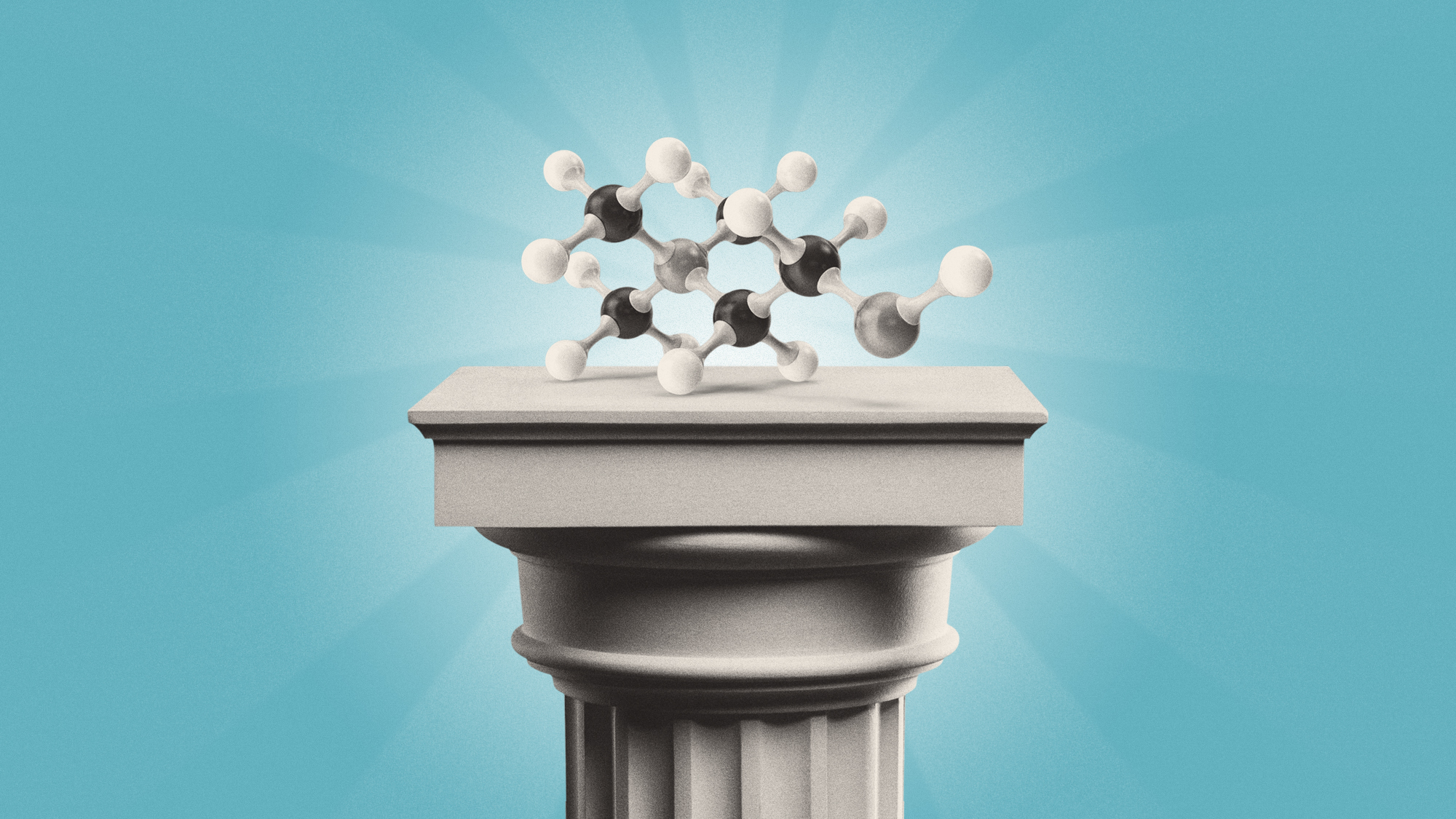 Choline: the ‘under-appreciated’ nutrient
Choline: the ‘under-appreciated’ nutrientThe Explainer Studies link choline levels to accelerated ageing, anxiety, memory function and more
-
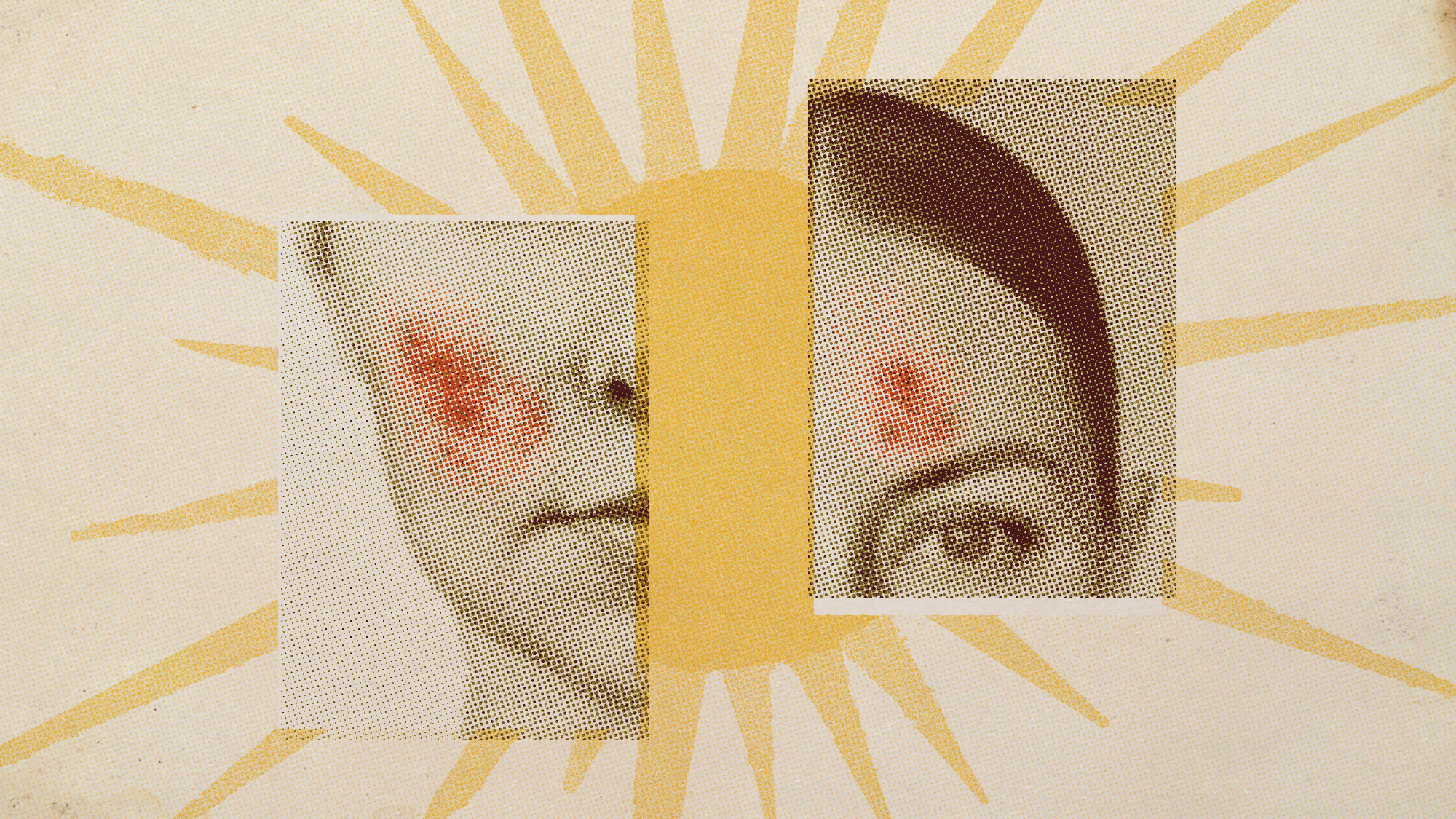 Climate change is getting under our skin
Climate change is getting under our skinUnder the radar Skin conditions are worsening because of warming temperatures
-
 Kissing bug disease has a growing presence in the US
Kissing bug disease has a growing presence in the USThe explainer The disease has yielded a steady stream of cases in the last 10 years
-
 Climate change is making us eat more sugar
Climate change is making us eat more sugarUnder the radar Sweets make the heat feel more manageable
-
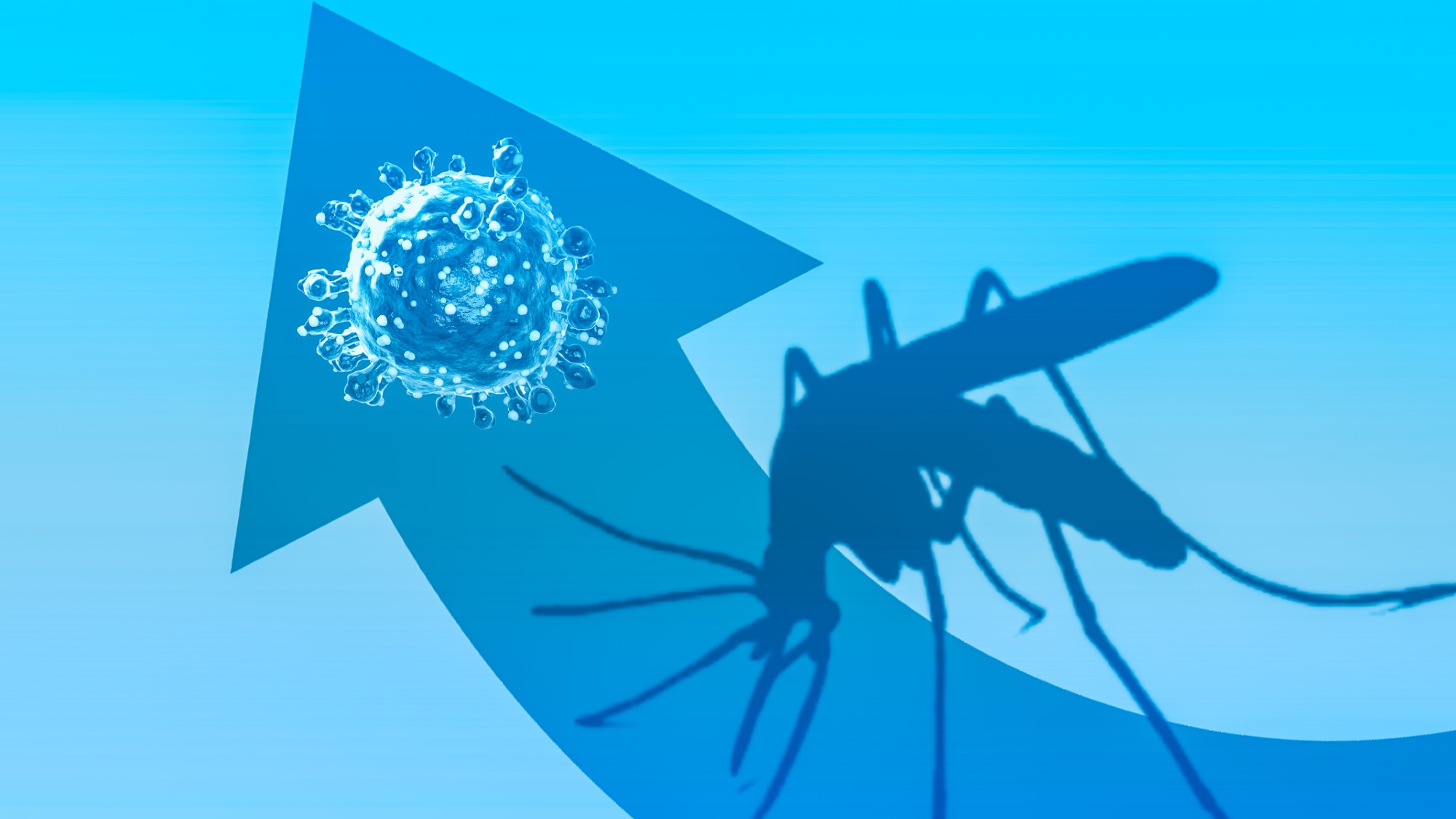 Sloth fever shows no signs of slowing down
Sloth fever shows no signs of slowing downThe explainer The vector-borne illness is expanding its range
-
 Is that the buzzing sound of climate change worsening sleep apnea?
Is that the buzzing sound of climate change worsening sleep apnea?Under the radar Catching diseases, not those ever-essential Zzs
-
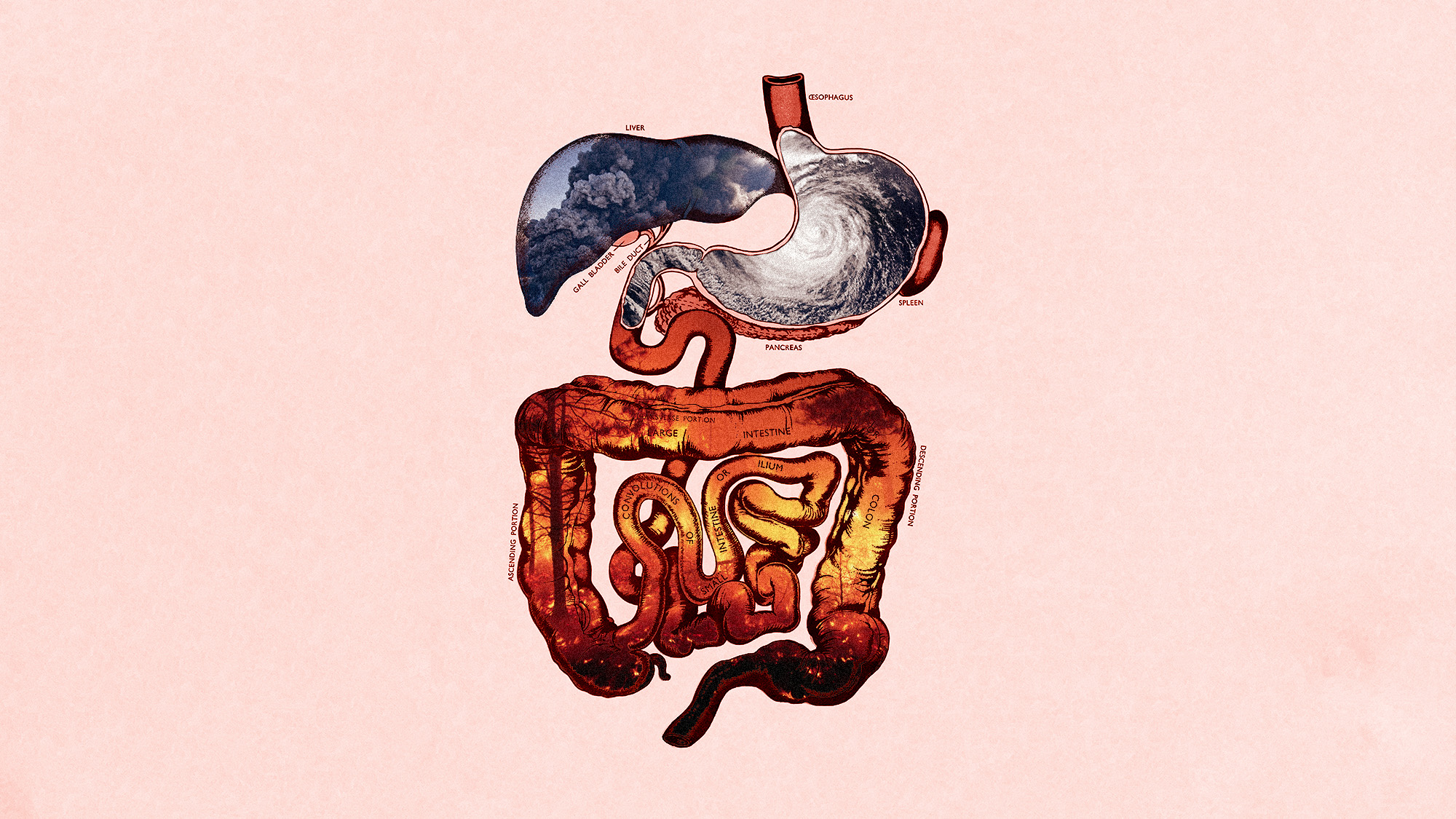 Climate change can impact our gut health
Climate change can impact our gut healthUnder the radar The gastrointestinal system is being gutted
-
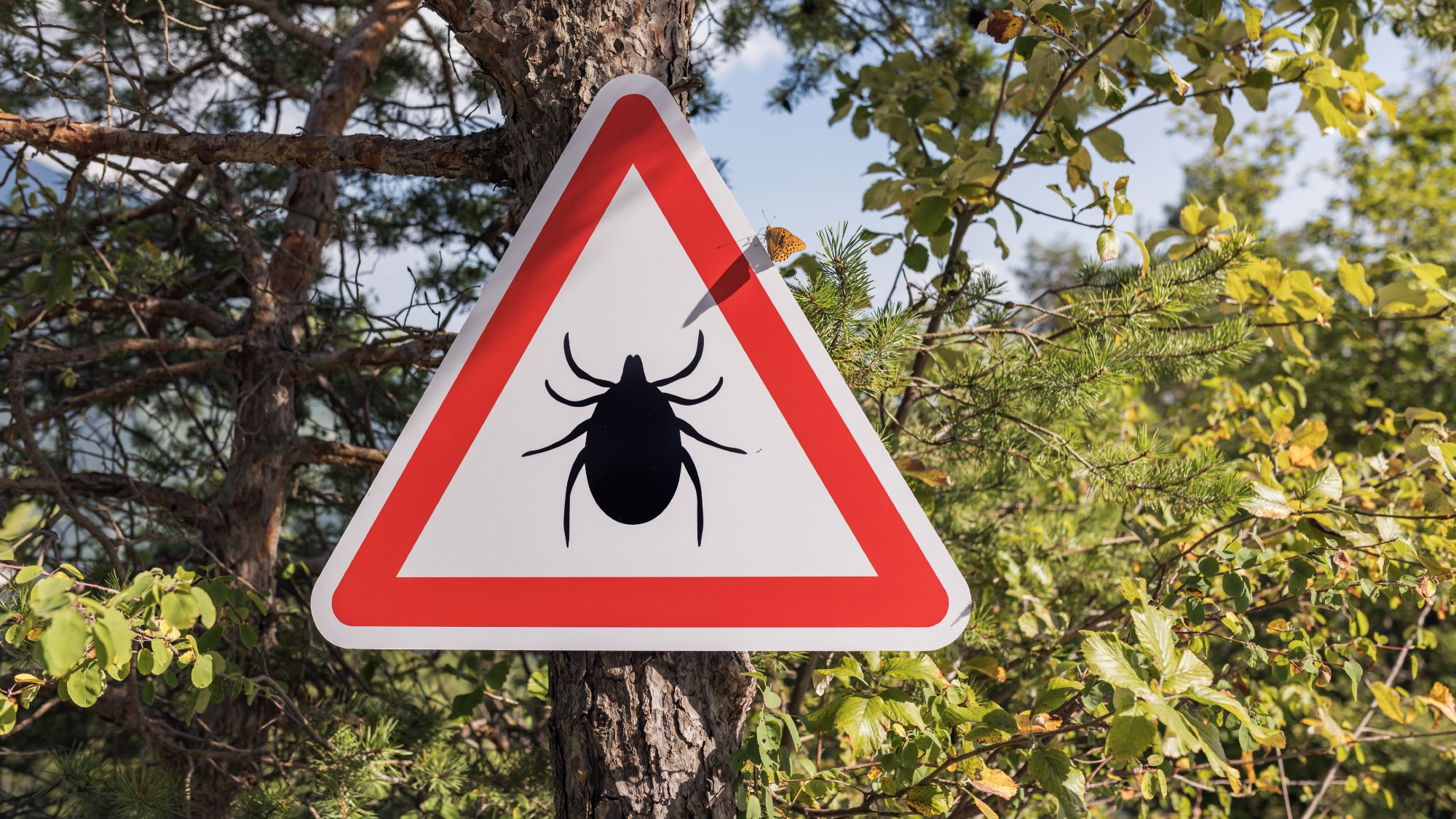 A tick-borne illness is making its rounds in new parts of America
A tick-borne illness is making its rounds in new parts of AmericaUnder the radar Babesiosis, spread through blacklegged or deer tick bites, is a growing risk